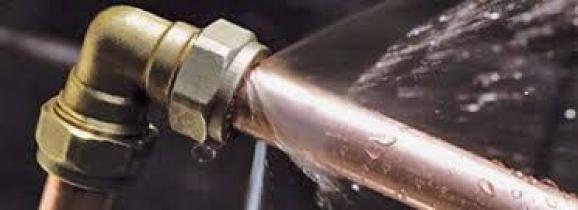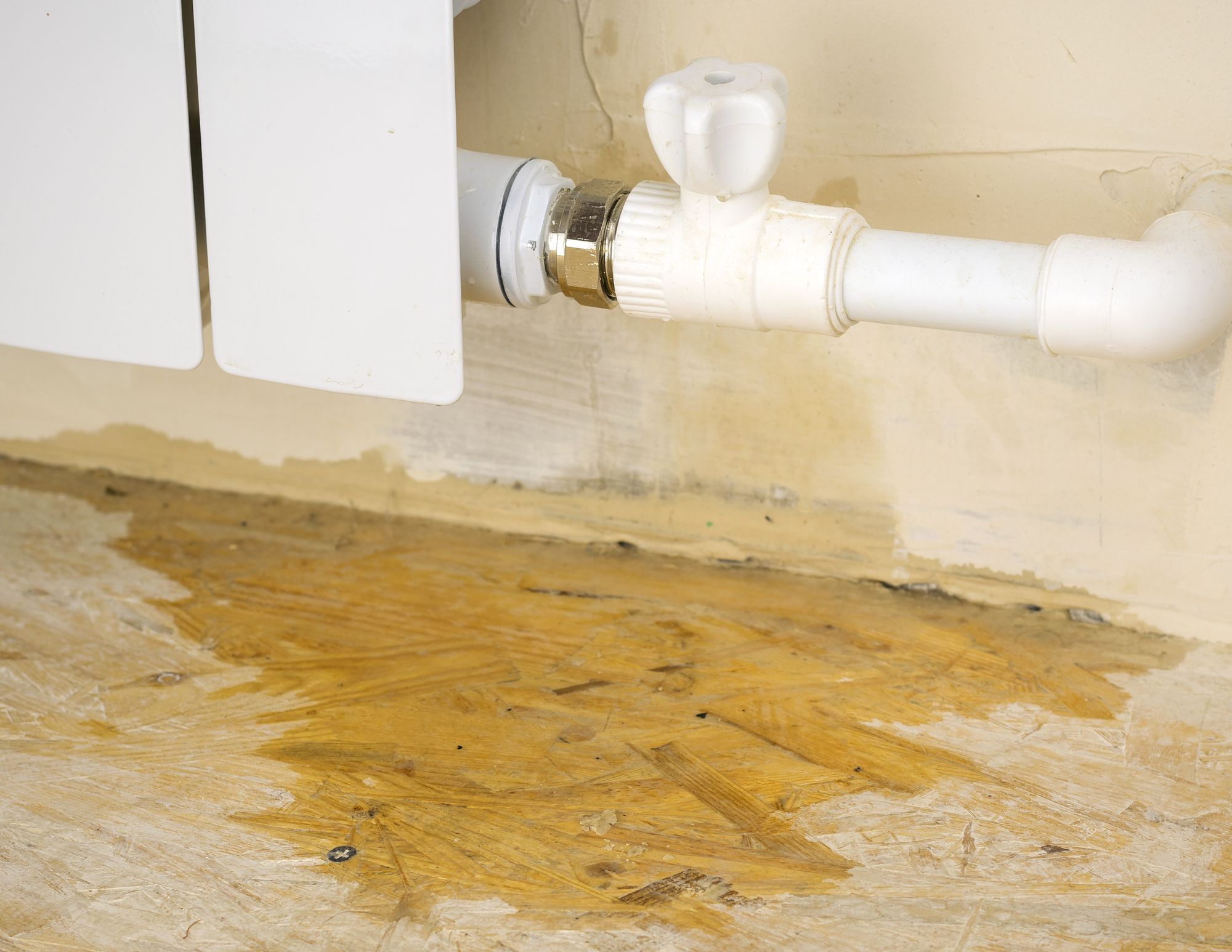Tips for the Six Most Common Causes of Water Leaks in Residential Spaces
Tips for the Six Most Common Causes of Water Leaks in Residential Spaces
Blog Article
Just about everyone has their own individual conception when it comes to How Fast Water Damage Can Ruin Your Home.

Leakages not just cause waste of water yet can also trigger unneeded damages to your home and promote undesirable organic development. Sadly, water leaks may go unnoticed given that the majority of the pipework in our house is concealed. By comprehending as well as looking for daily situations that cause leaks, you can shield your residence from future leakages as well as unneeded damage. Today, we will take a look at six leak causes that may be causing your pipelines to drip.
Intruding roots
The majority of water leakages start outside the house instead of inside it. If you notice an abrupt decrease in water stress, state in your tap, take some time to head out as well as analyze your yard. You could observe damp patches or sinkholes in your backyard, and that may mean that tree roots are attacking water lines creating water to seep out. You can have your plumber check for breach, especially if you have trees or hedges near your residential property.
Corroded water supply
As time passes by, your plumbing system ages and deterioration such as corrosion may start gnawing the pipes. This may be the source of discoloration or warping on your water pipes. This asks for an inspection with your plumber promptly. Think about replacing the pipelines considering that they are at a higher threat of rust than the newer designs if our plumbing system is old.
Faulty Pipeline Joints
Pipeline joints can degrade over time, resulting in water leaks. If you have loud pipes that make ticking or banging noises, especially when the hot water is turned on, your pipe joints are possibly under a whole lot of pressure.
Immediate temperature modifications.
Severe temperature level modifications in our pipelines can create them to expand and also get suddenly. This growth as well as tightening might trigger splits in the pipelines, specifically if the temperature level are below freezing. It would certainly be best if you kept an eye on just how your plumbing works. The visibility of the previously stated situations frequently shows a high danger.
Poor Water Connectors
At times, a leak can be caused by loosened pipes and pipelines that supply your devices. In case of a water connections leak, you might discover water running straight from the supply line or pools around your appliances.
Blocked Drains
Obstructed drains may be irritating and also inconveniencing, but they can often wind up causing an overflow causing break pipes. Keep eliminating any kind of materials that might go down your drains that can block them to prevent such inconveniences.
All the above are root causes of leaks yet not all water leaks arise from plumbing leaks; some leakages might come from roof covering leaks. All leaks ought to be fixed quickly to prevent water damages.
Leakages not just create waste of water but can also trigger unneeded damages to your home and promote unwanted organic development. By looking as well as comprehending for daily scenarios that create leakages, you can shield your residence from future leakages and also unneeded damage. Today, we will certainly look at 6 leak creates that might be creating your pipes to drip.
At times, a leak can be caused by loosened hoses and pipes that supply your appliances. In case of a water links leakage, you may see water running directly from the supply line or puddles around your devices.
How To Check For Water Leak In Your Home
How To Check for Leaks
The average household's leaks can account for nearly 10,000 gallons of water wasted every year and ten percent of homes have leaks that waste 90 gallons or more per day. Common types of leaks found in the home are worn toilet flappers, dripping faucets, and other leaking valves. These types of leaks are often easy to fix, requiring only a few tools and hardware that can pay for themselves in water savings. Fixing easily corrected household water leaks can save homeowners about 10 percent on their water bills.
To check for leaks in your home, you first need to determine whether you're wasting water and then identify the source of the leak. Here are some tips for finding leaks:
Take a look at your water usage during a colder month, such as January or February. If a family of four exceeds 12,000 gallons per month, there are serious leaks.
Check your water meter before and after a two-hour period when no water is being used. If the meter changes at all, you probably have a leak.
Identify toilet leaks by placing a drop of food coloring in the toilet tank. If any color shows up in the bowl after 10 minutes, you have a leak. (Be sure to flush immediately after the experiment to avoid staining the tank.)
Examine faucet gaskets and pipe fittings for any water on the outside of the pipe to check for surface leaks.
Undetected water leaks can happen without the home or business owner even realizing. If you suspect a water leak, but not able to find the source. It is time to contact a professional water leak detection service, The Leak Doctor.
How To Find a Water Leak In Your Home
https://www.leakdoctor.com/blog/How-To-Check-For-Water-Leak-In-Your-Home_AE197.html

As an avid reader about How Fast Water Damage Can Ruin Your Home, I figured sharing that chunk was beneficial. So long as you liked our post kindly be sure to pass it around. I love reading our article about How to Find Water Leaks.
Book-Now Report this page